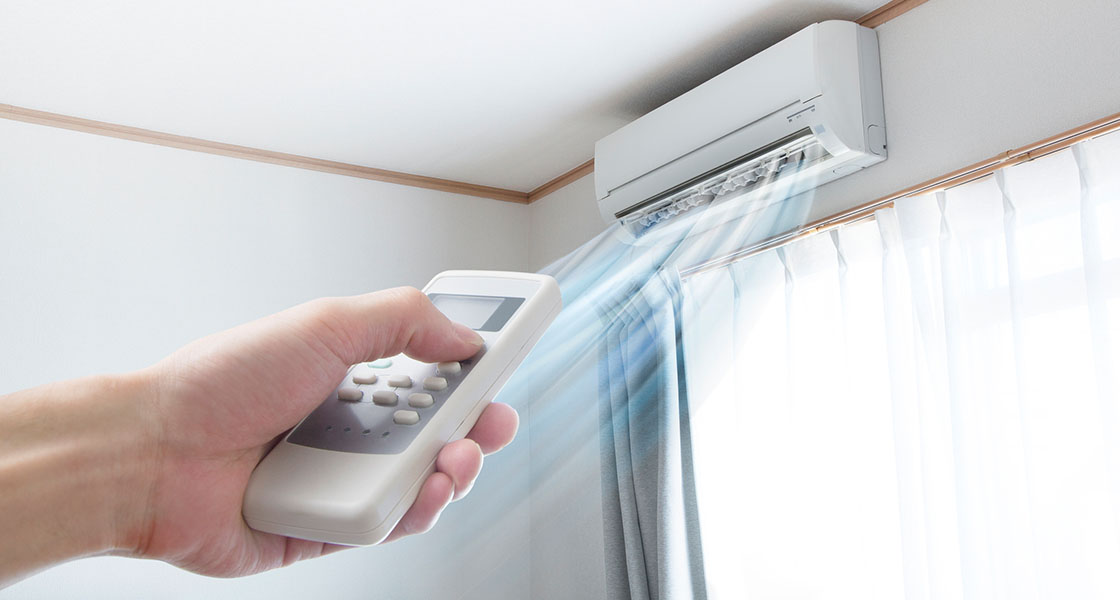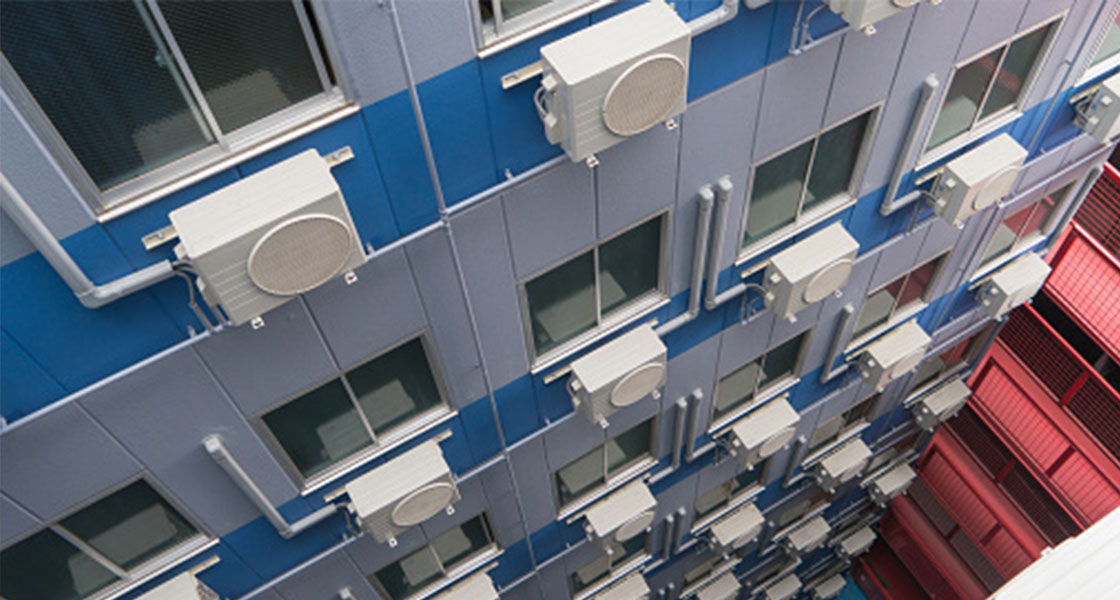© 2025 ALL RIGHTS RESERVED
Founded in 1975 in Texas, this company is a major manufacturer of residential heating and cooling systems.
It was looking to the use the Internet of Things (IoT) to provide accurate monitoring of the performance of its residential heating, ventilation and air conditioning (HVAC) systems, so it could reduce in-person service visits and increase the longevity of the assets.
HL7800 with Enhanced Carrier Connectivity (ECC).
The company partnered with Sierra Wireless to create a monitoring unit based on Sierra’s HL7800 module. These units can be installed alongside existing HVAC systems to provide remote monitoring and predictive maintenance. The HL7800 module collects critical data-points from sensors within the HVAC and sends it back to the cloud via a cellular connection.
As a result, the company can now provide its customers a touchless maintenance experience. Service personnel can monitor a customer’s HVAC remotely and send them a report once a year. If the equipment is working well then there is no need for a physical site visit, saving unnecessary expense. If there are issues than a service team can come and fix the equipment. Importantly, they will already know what the fault is, meaning they can arrive with the correct parts, reducing time spent and increasing the first-time-fix rate.
The HL7800 module uses a LTE Cat-M1 standard. This is a fast, low-power system that works well for HVAC equipment because it has very good reach and propagation. Residential HVAC systems can be located in houses in rural locations with poor cellular coverage. Also, the metal of the HVAC system itself can also cause interference. LTE Cat-M1 provides very reliable connectivity for IoT devices, even if they are obstructed or located in basements, or are in remote locations. Also, because power consumption is so low, the HL7800 can operate for years without the battery needing to be replaced.
In addition, the company used Sierra Wireless’ Enhanced Carrier Connectivity (ECC) solution. ECC is designed to optimize IoT connectivity in North America (NAM). It utilizes Sierra’s Global Network Operating Center (GNOC) to constantly track cellular networks through North America to ensure they are running smoothly with no disruptions. Sierra has direct lines to all of the major carriers in NAM, so if there is a network outage, we can quickly trouble-shoot the issue and get it resolved. With ECC, all the IoT devices in the network can be organized and monitored through Sierra’s cloud-based management platform.



NAM
United States
Building Automation
Commercial Building Infrastructure
HL7800
Enhanced Carrier Connectivity (ECC)
© 2025 ALL RIGHTS RESERVED